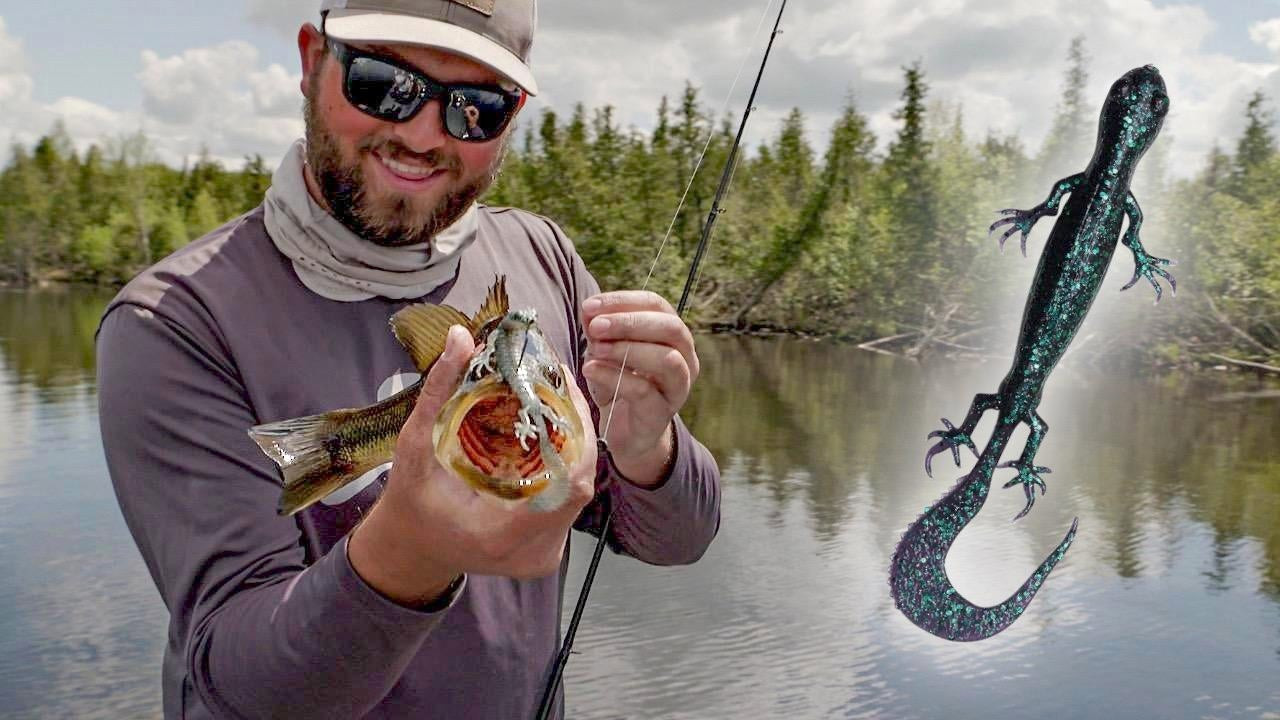Texas-rigging soft plastic lizards is a classic springtime and early summer bass fishing presentation. Collegiate bass anglers Nick Dumke and Kobie Koenig head out on a new lake searching for a late spring pattern — they land on pitching light Texas rigs to shallow grass pockets adjacent to spawning flats. Dumke expands with some timely location, presentation, and gear pointers that’ll get you bit this spring and early summer.
TACKLE USED
- PLASTIC LIZARD – Savage Gear 3D Lizard (4-inch), color: Mojito
- TOPWATER (b-roll fish catch) – Savage Gear Prop Walker, 5.25”
- HOOK – Lazer TroKar EWG Hook
- WEIGHT – ARK Fishing No Chip Tungsten Insert Flippin Weight, 1/4-ounce
- ROD – Savage Gear Squad Casting Rod, 7’4″ Heavy
- REEL – Lew’s Tournament Pro LFS Casting Reel, 7.5:1
- LINE – Seaguar AbrazX Fluorocarbon, 17-pound
There’s a sweet spot during the spring where bass are at all stages of the spawn. Transitional bass behave differently and relate to a range of structure and cover, such as spawning flats, grass edges, woody cover, and bluegill spawning beds. Traditional wisdom states that lizard or salamander-style baits threaten bass eggs and fry, triggering an aggressive threat response. While this may be true, few can argue that a realistic creature bait flat out looks good and mimics various food sources.
Dumke explains how a light unpegged Texas rig allows the lizard to penetrate cover areas with a slow to moderate drop speed without burying in the grass or mud. There’s no right or wrong way to fish it — shake it on the bottom, drop it vertically around edges, or drag it across the bottom. The lizard delivers great fish-catching action.
Lastly, Dumke explains his preference for a capable 7-foot medium-heavy heavy-action rod with a 17-pound fluorocarbon line. The fluorocarbon excels for close quarters flippin’ and pitching. At the same time, a longer rod supports solid sweeping hooksets and accurate pitches to cover elements.












